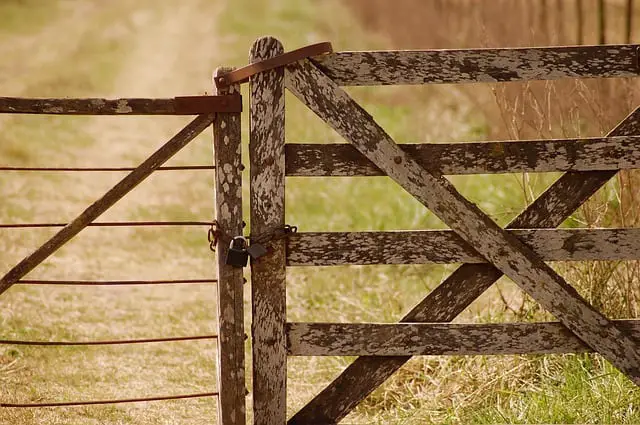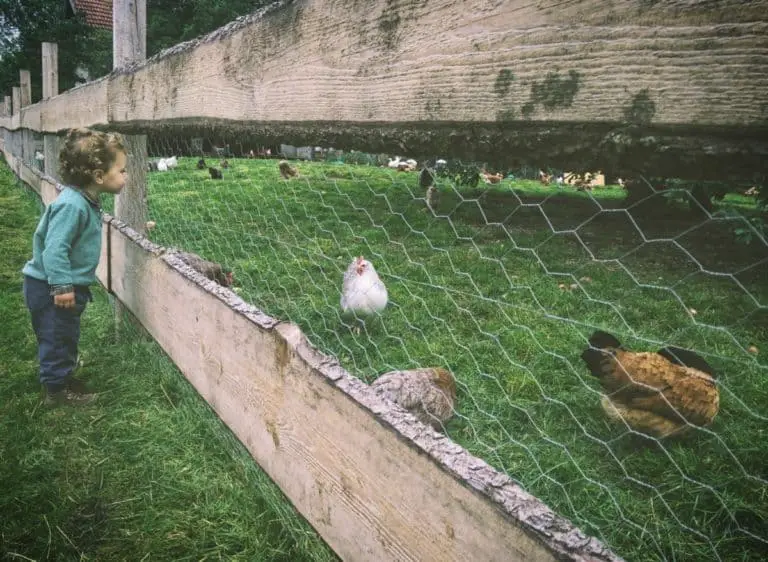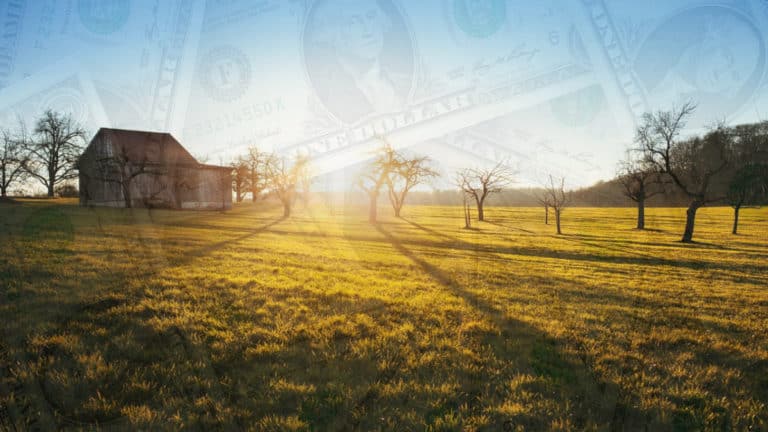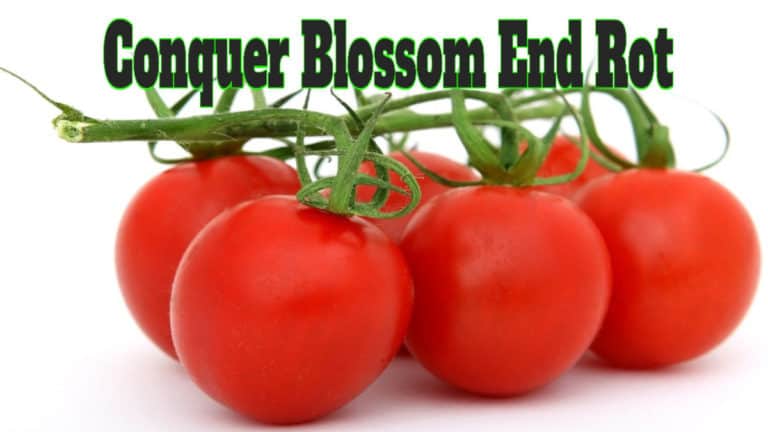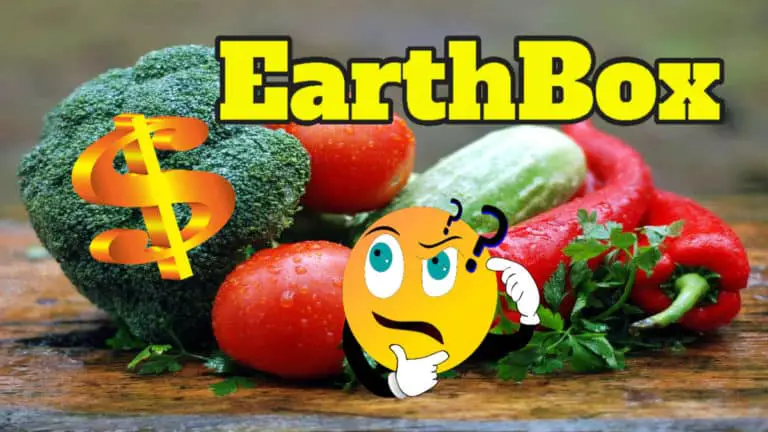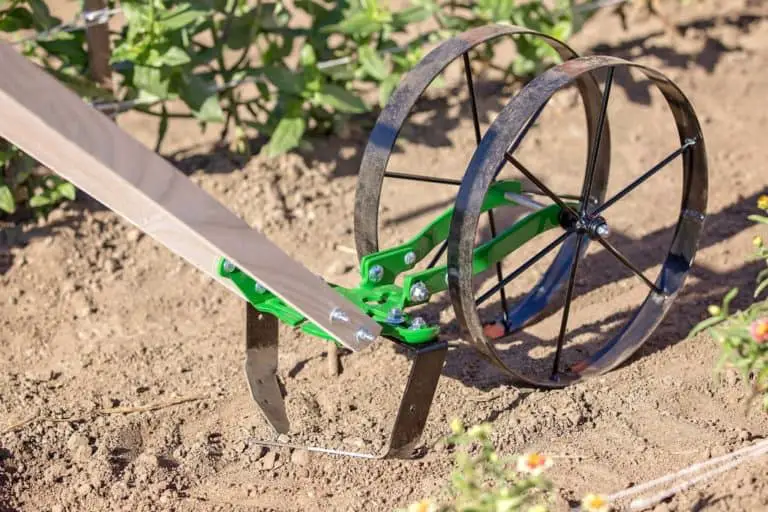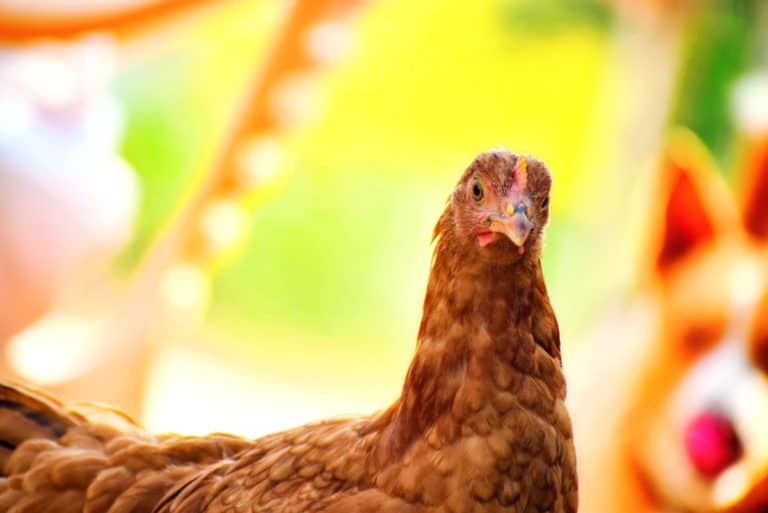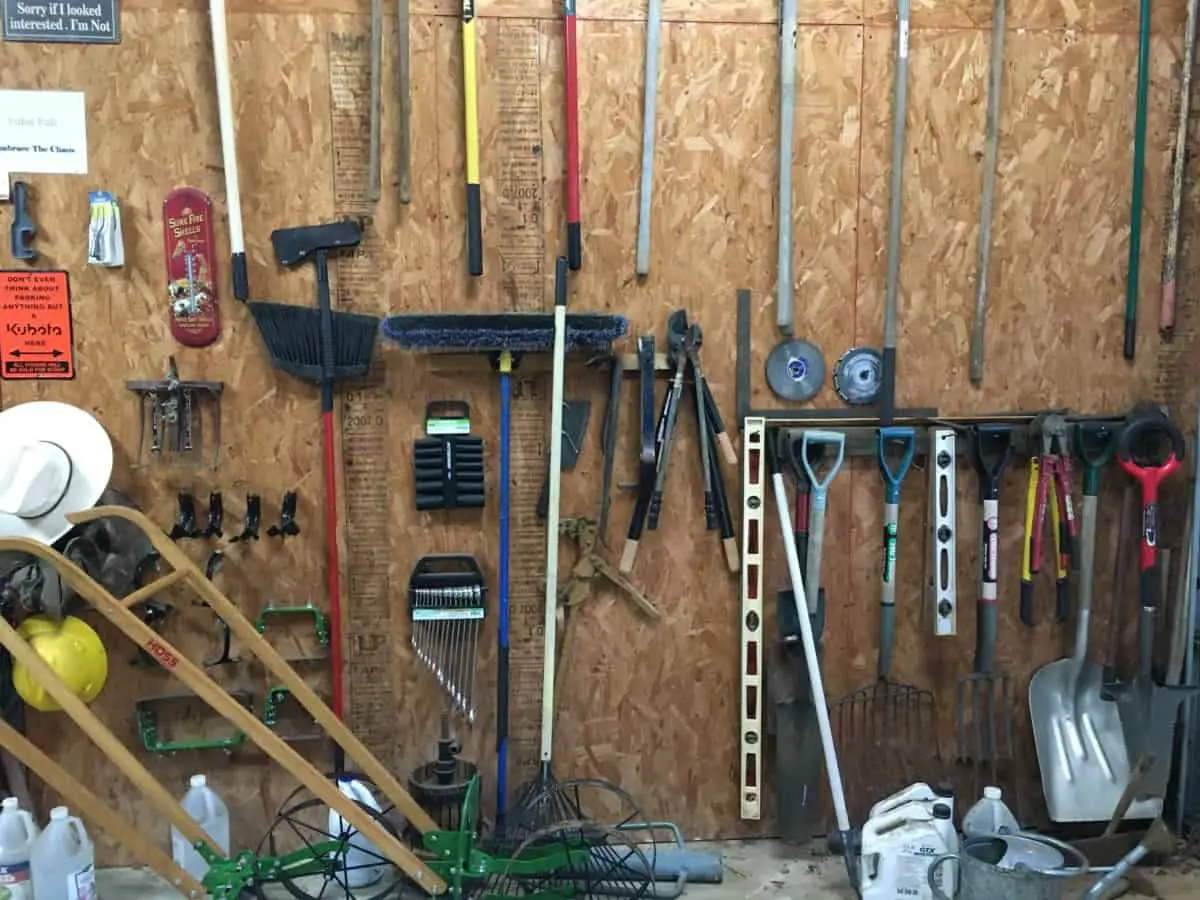
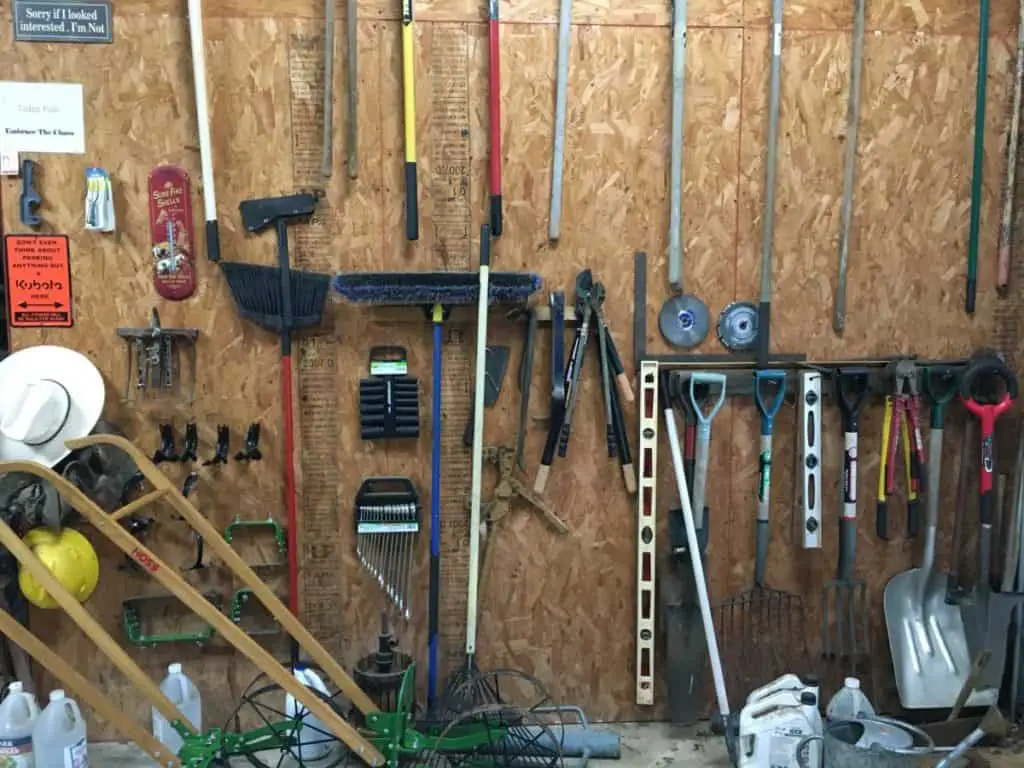
To be an effective Homesteader there are many skills to know. Many of those skills must be performed with specialized tools. Here are some of the more important tools you’ll need to perform just about any task on the homestead.
Tools that are unique to Homesteading might include a chainsaw, mulch fork, ATV, calf-pulling chains, tractor, and truck. Some items are also common tools such as power saws, drills, hammers, shovels, welders, and grinders. But the list doesn’t stop there.
Some of the things I’ll list here will be big-ticket items, but many are not. All of these items will have a place on the homestead, and during my 40 years of Homestead Life, I’ve needed them all. In this article, I’ll be suggesting things typically needed outside on the homestead. In future articles, I will discuss essential items for inside the home.
Hand Tools You Need
Some tools can get pretty expensive. Let’s get into some of the smaller tools that you will need, sooner or later. Hand tools like hammers, rakes, manure forks (or mulch forks), shovels, hoes, cultivators, and a T-Post driver are just a few of the tools that can make your life much easier.
If you have to do electrical work get a good soldering iron and learn how to solder. You can use it to fix wires on trailers, 4-wheelers and golf carts too.
A Good Water Hose
Don’t buy a cheap water hose at the Dollar General. It won’t last long. Get a heavy-duty water hose that is at least 5/8”. Don’t get a 1/2” hose, it won’t have enough volume and will take you a lot longer to fill a water trough, or water the garden. Unless your are on a very small property, get one that is at least 100 feet long. Also, get a hanger to hang the hose from, or a “hose reel” that allows you to wind it up. Hose reels are really handy if you have a 100-foot hose. A hose lying on the ground is a hose that might be cut by a lawnmower or brush hog.
Along with water hoses you’ll need water sprinklers. Before you buy one, look below at the one I made. You can make it too, and you’ll find it’s better than anything you can buy at the big box stores. You’ll save money and have a sprinkler that will last you for years!
Here’s a video with hundreds of thousands of views where I show you how to make it:
Power Tools For Metal
If you are working with metal, you’ll need some power tools to cut and grind the metal. An Angle Grinder will do both by changing the wheels on it. There are cutting wheels and grinding wheels, and they will make your life a lot easier if you have a metal fabrication project.
Also, for metal cutting, consider a Plasma Cutter like this one at Amazon. I think this is the only tool I don’t have that I am recommending to you. I have an oxygen/acetylene cutting torch setup, so I really don’t need a plasma cutter, but I will probably get one soon anyway. They are so much easier to learn to use than a torch, and make smoother and more precise cuts.
Other ways to cut and grind metal are a Chop Saw (or cut-off saw) and a Floor Grinder. I spent a lot of time cutting pipe on my chop saw when I built my fences. They save so much time and effort over cutting the pipe with a torch and make a much cleaner cut.
A floor grinder (or stand grinder) helps you smooth out rough cuts or shape metal to fit certain applications. It too is a much-needed tool. I can’t imagine using a hack saw for cutting, or a file for shaping now that I have these power tools.
Power Tools For Wood
A lot of the things you build on your homestead will be built out of wood. Sheds, greenhouses, chicken coops, raised bed gardens, dog houses, livestock shelters, all will probably be built from wood.
For that reason, you’ll need a few power tools. These will increase your productivity exponentially. For instance, a framing or finishing nailer will speed up whatever you are trying to build. Hammering by hand is a skill unto itself and a power nailer makes it so much easier.
You’ll also need cordless tools. Why? Well, if you’re building a livestock shed a hundred yards from your home, it is such a blessing to have power at your disposal through a good set of cordless tools. Some good names in cordless tools are Ryobi, Makita, Milwaukee, and DeWalt. Each of these companies has a line-up of different tools that will use their own proprietary batteries.

Always buy at least 2 sets of batteries. It’s pretty frustrating to be out on a job when the battery runs out and have to wait an hour or two while it charges up because you didn’t have a spare battery.
Important power tools to have, whether they are corded or cordless are a reciprocating saw, a circular saw, drill, impact driver, weed eater, and hedge trimmer (I use mine to prune blackberries and grapevines). I have all these as cordless tools, but also have some of them in the corded version.
The cordless ones I consider to be “must-haves” are areciprocating saw, drill, drill driver, impact driver, and weed eater. Maybe it’s because I hate cords. They really get in the way. Most of my cordless tools are Ryobi, but I also have some DeWalt cordless tools. All the above brands are great and will serve you well as you build your homestead.
A table saw is a very handy saw for the woodworking homesteader. It allows you to cut large sheets of plywood and to rip large boards with great precision, more so than if you were just using a circular saw.
A miter saw is similar to the “chop saw” discussed in the metal section above. The miter saw is for wood and can be set to various angles, allowing you to make precision cuts at various angles for your projects. It’s a very handy tool to have.
You will need a chainsaw. I have two right now, and they are indispensable tools for my homestead. I heat my home (at least partially) with a woodstove which means I need firewood. I find it too expensive to buy firewood, so I cut my own.
I have a lot of trees on my place and just about every storm that comes through here will blow limbs down and sometimes entire trees. Many are large enough to require cutting into manageable pieces, either for the burn pile or the woodstove. A chainsaw is a critical piece of equipment for the homestead. No one should be without one.
My first choice in chainsaws is Stihl. My second choice would be Husqvarna. A word of caution, Chainsaws are very dangerous. Make sure you have the proper safety equipment before you use them.
If you have a small homestead or don’t have many trees, you might get away with an electric chainsaw. I don’t own one, but my brother has one and absolutely loves it.
Other Power Tools
One of the things I believe a homesteader should have is a generator. I consider this to be critical. If you have stored your bounty in a freezer and the power goes out, all your hard work and financial outlay are compromised in a power outage.
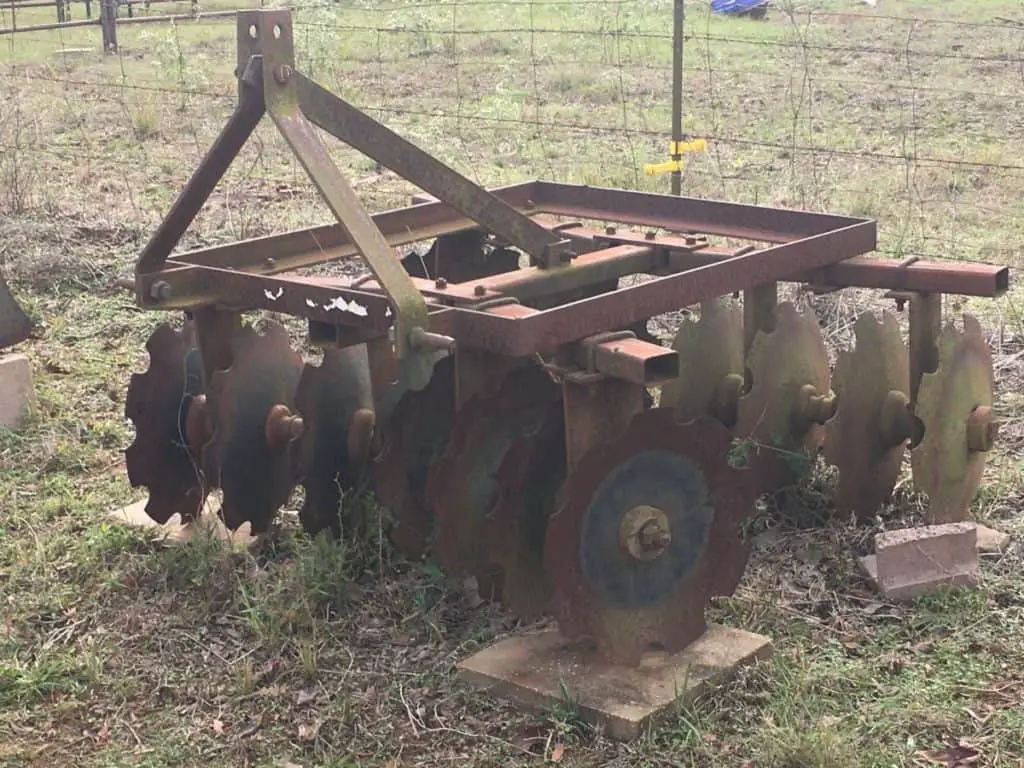
A small generator can keep several appliances running at the same time, and could literally be a lifesaver, especially if you have medical equipment that requires power. I have three generators. One is a Honda, one is a cheap A-iPower (Chinese) and one is a Lincoln which doubles as a welder/generator.
I trust Lincoln and Honda generators. The cheap A-iPower is the backup to the backup. I wouldn’t trust it in an extended emergency.
With all the power outages lately in California and other places, I strongly urge you to have a generator for backup power. We are so spoiled to having electricity that we really don’t know how to live without it. Make sure you have a backup power source.
The Honda EU Series of generators are the best. Here are some nice Honda EU series generators at Amazon. They are much more expensive than a cheap generator, but there again, when you need one, you need one that will run for long periods of time without fail.
Consider getting a Kill-A-Watt meter. Before you buy a generator, you’ll need to know how large of a generator (how many watts) you need to buy. The Kill-A-Watt will let you know how much power each of your appliances uses. Use it to measure the critical things you would have to power in an emergency. Then pick your generator size.
This is by no means an exhaustive list of hand tools. Other “Outdoor” Homestead tools include a Hat, Gloves, Fencing Pliers, Barb Wire Stretcher, Woven Wire Stretcher, Channel Lock Pliers, Manual Post Hole Digger, Electrician Pliers, Needle Nose Pliers, Various Drill Bits, a Vise, Hack Saw, PVC Pipe Cutter, Spirit Level, Tape Measure, Pocket Knife, Fixed Blade Knife, Bungee Cords, Ropes, Chains, Lifting Straps, Air Compressor, Air Tools, Hydraulic Bottle Jack, Firestarter, and Chain Binders.
That’s a lot of stuff, but just buy it as you need it and you won’t break the bank.
A Wire Welder
Welding is a skill every homesteader should learn because you will break things that are metal. I’m not a good welder, but I can fix most anything that breaks around the farm. A small wire welder makes that possible.
Considering what it costs to have a welding-shop fix your broken items, you will quickly pay for your welder many times over. Plus, you can learn a needed skill, and you won’t have to waste time hauling the broken item to the welding shop.
I have a Hobart Handler 140. It is a 120volt wire welder but is hearty enough to get most jobs done.
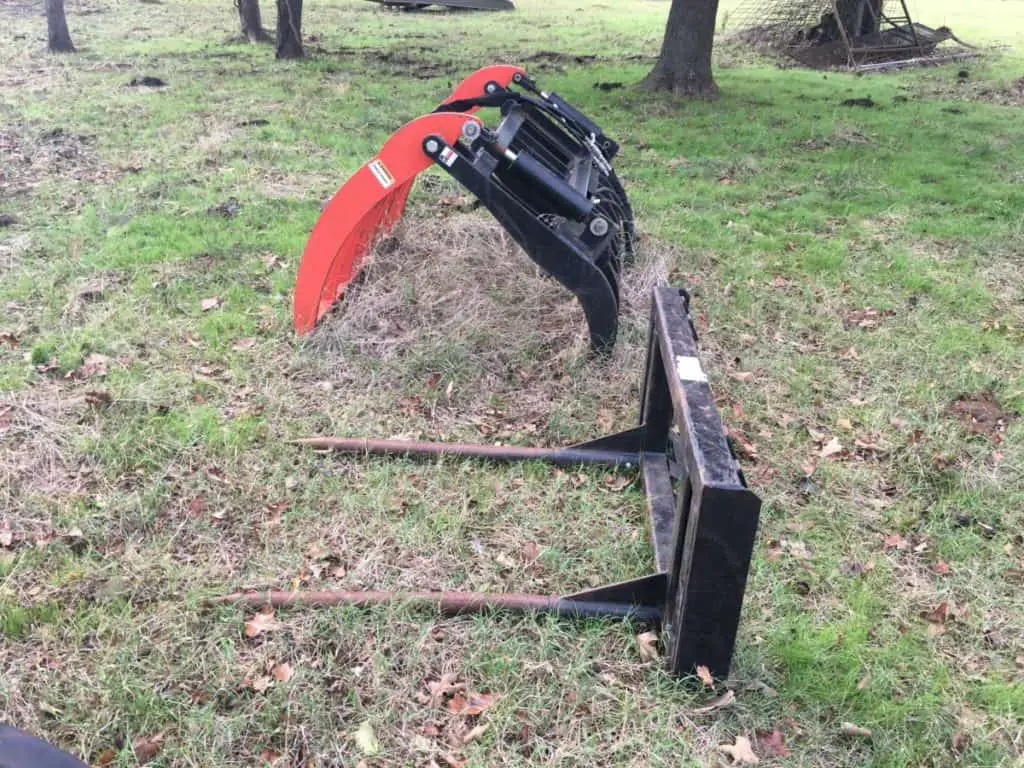
Miller and Lincoln are also great welders but are a little more expensive. Here’s a link to the Hobart Handler 140 Welder at Amazon. If you haven’t yet mastered welding, a wire welder is the easiest to learn on, and in no time you’ll be able to stick two pieces of metal together, permanently.
Consider A Greenhouse
You may not think a greenhouse is a “tool” but you’re wrong. If you’re serious about homesteading, you’ll be planting a garden. If you’re planting a garden, at some point you’re probably going to try to start your own seedlings from seed. It’s much cheaper to start your own seedlings than to buy them at the store. For that reason, sooner or later you’ll want a Greenhouse.
A greenhouse can be something very inexpensive, but can also run into thousands of dollars. I would recommend a small one, at least at first. You may outgrow it, but you can always build a larger one.
I’ve designed a Portable Greenhouse that is being built worldwide. Literally worldwide. The plans have been distributed to thousands of people in many countries.
My Greenhouse is about 7’ X 8’ and can be built in just a few hours by anyone, even if they aren’t skilled at construction. The design is also used for other purposes other than a greenhouse. It can also be used for livestock and garden sheds, and can even be covered with shade cloth to make it a summer “shade house”.
In this article, I discuss the advantages of having a “portable greenhouse”. Check out the article before you decide.
You can find the Greenhouse Design on this page. I think you’ll see that it’s both attractive and functional, and you can build it for about 150 BUCKS. The PDF of the plans and materials list is very inexpensive and will save you both time and money than if you were to try to build it without the plans.
It’s small enough to be portable and easily moved by one person, but large enough to handle a LOT of plants. I had around 2500 seedlings in this small greenhouse at one time. Check it out.
Pickup Truck
Most of my friends have trucks but they don’t live on a homestead. But hey, this is Texas. You can’t throw a rock without hitting a truck. If you’re going to have a homestead, you will need a truck. It’s really not an option, at least not for long.
Yes, you can haul bags of Feed & Fertilizer in the back of a car, but sheets of plywood and other building materials will not fit in a car. As a new Homesteader, you will have many new building projects unless the place you moved into already has the structures you need.
So, a truck is a must-have. I didn’t say a new truck. New trucks are very expensive. That’s where the “farm truck” comes in. The truck I currently own is 20 years old. I’ve only had it for about 4 years, but it was well cared before I got it. So, unless you’re “Mr. Money Bags” buy a used farm truck. One that is in good mechanical condition, but is priced reasonable. Most people don’t need new ones. Most people just need a truck that is a truck.
Trailers
You will, from time to time have to haul things on a trailer (pulled behind your truck). These will be things that are too large to get in your truck. If you raise livestock, the trailer might be an enclosed trailer for livestock, or you might just need a “flat-bed” trailer to haul other large things on.
Trailers come in handy, but I went for many years without owning one. The reason is, I had a good neighbor that would let me borrow his. A trailer is something that is not used often, but when they are needed, it’s nice to have one. If you have a neighbor or friend that has a trailer you can borrow, scratch this off the list and consider yourself lucky!
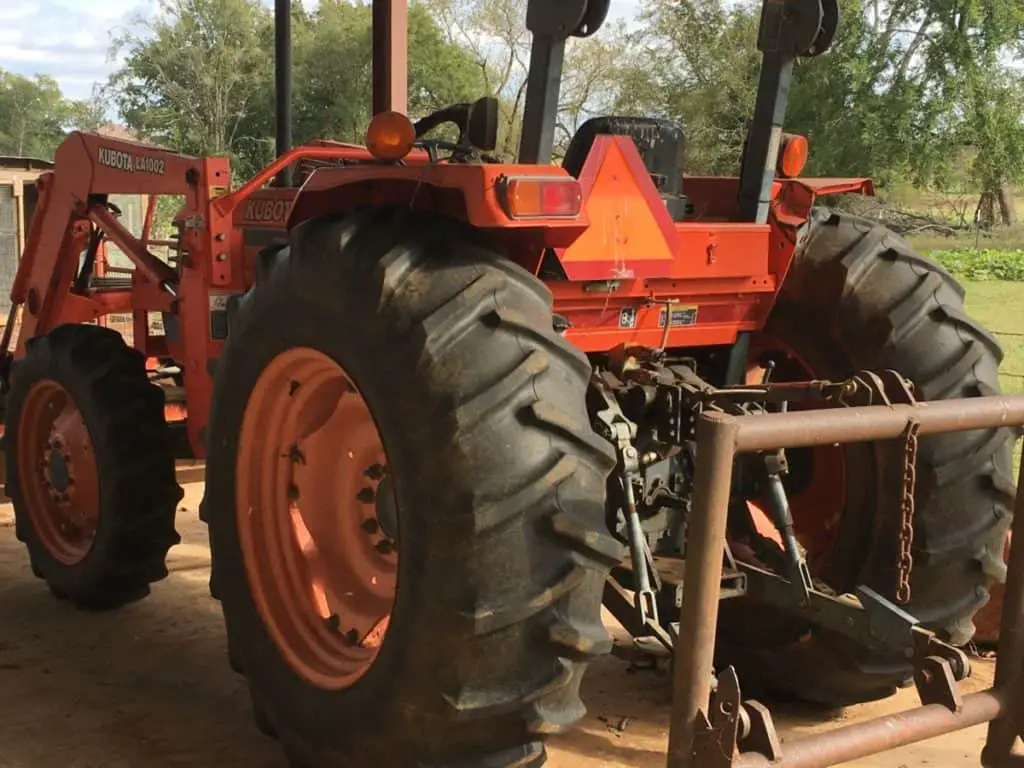
Tractor
Some people reading this will be homesteading in a backyard or on a small 2 or 3-Acre plot. You will not necessarily need a tractor, so bear with me for a couple of minutes.
For someone who has 5-Acres or more a tractor is almost a must-have. I went for several years without having a big tractor. When I first moved to the homestead, I went down to Sears and bought an 18-horsepower “garden tractor” with all the gardening attachments like a plow, disc, and cultivator.
My Homestead is 17 acres of hard red clay. An 18 horsepower “souped-up riding lawn mower” was not what I needed, but it was all I could afford. Why, because Sears had an easy payment plan. Remember those?
A few years later I bought my first tractor. My first real tractor. It was about 30 years old and it looked like the wrath of God, but it was a diesel-powered 60-Horsepower beast. So again, if you have the means to buy a new tractor and can do it without going deep into debt, or getting yourself in a bind, then go ahead and buy one. But don’t be afraid to buy a used one.
I recommend buying a diesel tractor. Some of the really old used tractors will be gasoline, and that’s OK if you really find a good deal, but a diesel tractor will outperform a gasoline tractor every time. Find someone you know that has experience with diesel tractors to help you look at a used one. It always helps to have some “know-how” with you when you are making a big “used” purchase.
Choosing what size tractor you need can be a daunting task. There are just so many different brands. The first tractor I had was a Case 540. Older than dirt, but it still ran great. As I said before, it wasn’t much to look at, but it did the job for many years.
I have a Kubota M6800 4-Wheel Drive tractor now with a loader. Most of the time, it’s more tractor than I need… probably 90% of the time. BUT, when I’m picking up a tree, or plowing deep, and do need a big tractor with a lot of horsepower and lifting capabilities, I’m glad I bought one that big.
A small property of 5 to 10 acres could do just fine with a 25 to 30 horsepower tractor unless you have some heavy-duty things you need to get done. Larger acreages will usually require larger equipment unless most of the hard work of “land-clearing” is already done.
Reality Check: If you buy a tractor without a front-end loader, you only have half of a tractor. You will use the Tractor front-end Loader much more than you will use implements on the back of the tractor.
I recently converted my loader to a Skid Steer quick-attach setup. That was one of the smartest things I’ve done in a long time and some of the best money I’ve ever spent. A skid steer quick attach allows you to take one attachment off and put another one on in just a matter of seconds.
Some handy attachments for the Front-End-Loader are a bucket, hay forks, pallet forks, grapple (I love my grapple) and others. Both hay forks and a grapple can be used to pick up downed trees and brush and take them to a burn pile, or pile them up for firewood. A grapple is great for clearing land.
I cannot overestimate how handy it is to pick up heavy items with the loader as opposed to carrying them by hand. Also, if you bring something home on a pallet you can typically get under it with the hay forks on the loader, take it off your truck or trailer, and set it down on the ground. It’s not just for moving hay rolls.
As I said, I have a grapple. It’s a little more complicated to hook up, therefore sometimes I will use the hay forks to pick up stuff if I don’t really need the grapple. But it’s a marvelous invention and a wonderful thing to have. If you don’t have a Quick Attach setup on the loader, don’t buy a grapple. It’s difficult to take on and off without a quick attach, and for that reason, you probably won’t use it very often.
To get an idea of what a Grapple is capable of, watch this video of me helping clear my land. I start using the grapple at about 1:45 into the video.
Handy attachments for the 3-point hitch on the tractor include:
- Brush Cutter, Or (Brush Hog) this is used to mow grass & thick brush.
- Plow: Many different types: moldboard, turning, disc plow
- Cultivator: Including Spring cultivators and Fixed tine cultivators
- Tiller: PTO driven, great for turning the soil and preparing the garden
- Post Hole Digger: Worth their weight in gold if your ground is hard
- Large Sprayer: If you have acreage this is a time saver for sure
- Hay forks: The only way to move large rolls of hay
- Box Blade: Used to level out pastures and driveways
- SubSoiler/Ripper: Knife-like attachment that breaks up hard pan clay
- Seeder: Large PTO driven hopper that scatters seed and fertilizer
- Planter: Typically a pull behind tool that plants row-crop vegetables
- Disc Harrow: Series of Plate-Like discs that knife through the soil
- Landscape Rake: Just like it sounds, a large rake pulled by a tractor
I have just about all of these. Each one of these will save you countless hours of work as opposed to doing those jobs by hand.
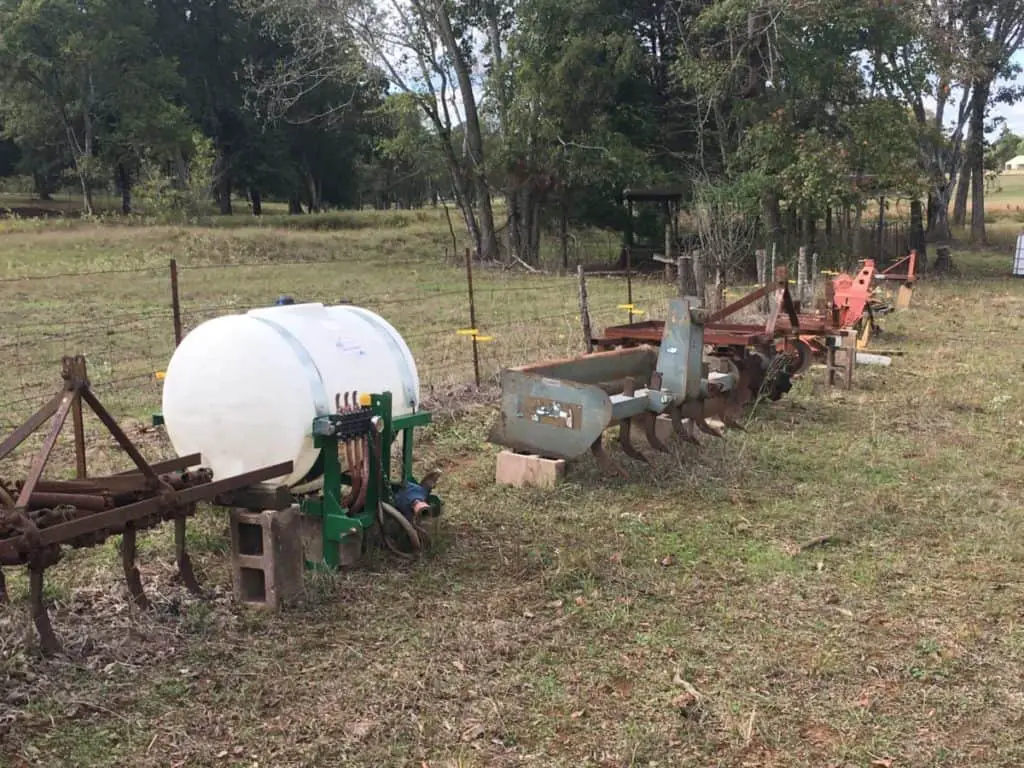
Amassing an arsenal of tractor attachments can be expensive if you buy them new, so look for good used ones if you can find them. Craigslist is a great place to start. Also, look for a tractor auction near you. They will usually have used attachment too.
Hay Ring Or Hay Feeder
If you are going to have livestock, you will be feeding hay. And, you will need some kind of feeder to keep the livestock out of the hay while they are eating it. A hay ring for large rolls of hay and a hay “feeder” for square bales will save you a lot of money.
All animals will waste a lot of their hay ration if they are allowed to. They will step in it, lay in it, pee and poop in it and will not even think about eating it after they do. Make sure you have some sort of feeder so your livestock won’t spoil their hay. You can count on them wasting 20% to 30% of it or more if you don’t use a hay feeder. That’s a lot of money because hay ain’t cheap.
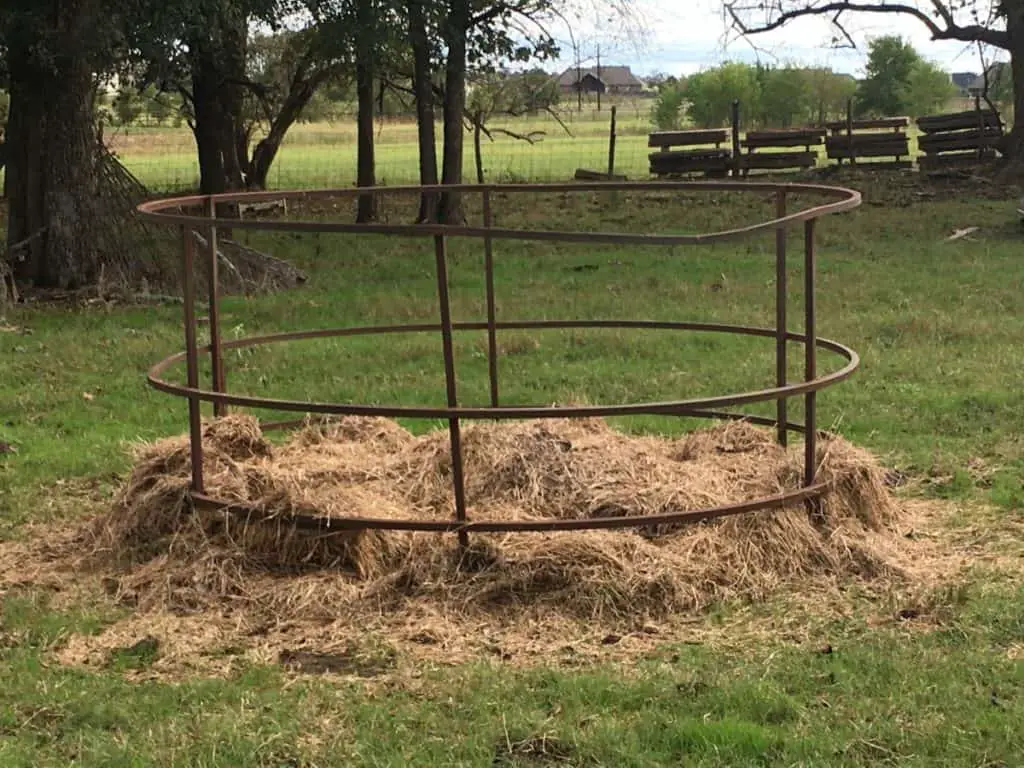
Golf Cart or ATV
I know, most of you guys just got real excited. I mean, who doesn’t want an ATV, right? Well, in this case, it can be a very helpful tool. For me, I can’t justify buying a $15,000 ATV for my farm, but I do have an old Honda Recon 4-wheeler. I’ve used it to build fences, herd cows, pull logs, pull trailers and many more things. It is a very helpful tool on the homestead.
Also, I have a golf cart. Mine is “raised” and has big tires on it so it can go into rougher terrain than it could if it was not modified. I used to look at old men in their golf carts and think they were just lazy. Heck no! Golf Carts are a great way to get around the farm… silently. Mine is electric, so it’s quiet.
I’m not saying that if you only have a couple of acres that you need an ATV or Golf Cart (unless you have a physical disability), but if you have several acres, they are a great way to check on cows or other livestock, fix the fences, check storm damage, etc. There are lots of reasons to own one. Just don’t go crazy on the price tag. The new ones are Exx-Pensive!
So, those are many of the tools you will need to thrive on the homestead, but this is not an exhaustive list. There are many times while working on equipment you may need a specialized tool. For me, if it’s a tool I think I’ll need again, I will buy it. If not, I will rent it, or borrow it. How much I spend on it will be determined by how many times I think I’ll use it in the future.
If it is a tool that I can see myself using several times, I might splurge and buy a better-quality tool. If not, I’ll go to Harbor Freight and pick a cheap one up. I always try to buy quality tools if they are something that I will use often. That method has always worked out well for me.
I’m sure this list seems daunting if you are just starting out on your Homesteading “Adventure”, but it shouldn’t be. The list of tools I own is extensive but has been 40 years in the making. Don’t think you have to buy everything at once. If you have a good neighbor and can borrow from them, do that.
But, if you do borrow something, always return it in as good or better shape as it was when you borrowed it. If you break it, fix it or replace it at your expense. I’ve had to do that on more than one occasion, but that’s just being a good neighbor yourself.
I hope this has helped as you consider some of the tools you might need. Just remember, debt can kill your dreams, so try to buy only what you need, when you need it.
I have around 800 Videos on My YouTube Channel showing every aspect of Homesteading. Check it out!

